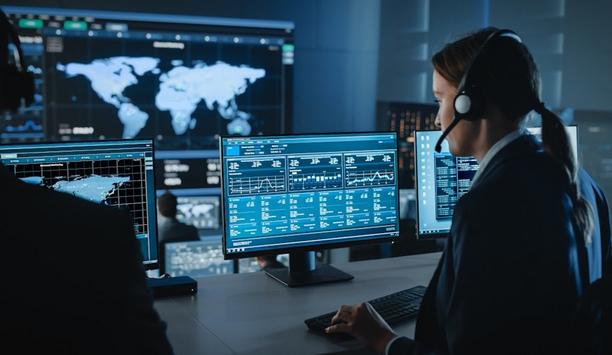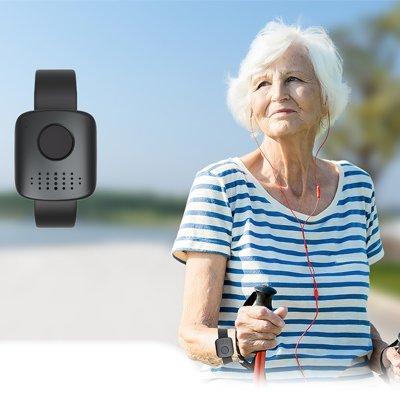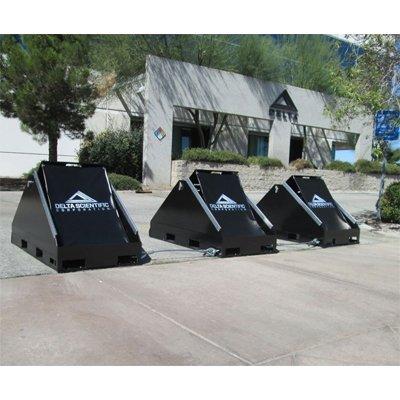In its role to achieve “plug-and-play” interoperability for security system and device integration, the Physical Security Interoperability Alliance (PSIA) is looking ahead to some new possibilities in its long-term roadmap. David Bunzel, PSIA executive director, shared with me some of the active discussions among alliance members about where the next wave of interoperability initiatives may lead.
Integration of wireless locks is at the top of the list, a response to the growing and evolving product category. Looking further into the future, integration of smart elevators, energy management systems and hotel management systems are part of the alliance’s roadmap. There are specific access control and integration issues related to each category.
In the case of energy management systems, for example, there is demand for access control systems to be able to adjust a building’s climate system in response to whether anyone has entered the building (for example, on the weekend). Access control can also monitor overall building occupancy and optimize climate settings based on that information (especially valuable as a strategy to save energy costs and promote “green” compliance).
The more our lives and technologies |
Smart elevators are another opportunity to interface with access control, and increasingly their management is a requirement for enterprise building systems.
Even more futuristic is the possibility of having an employee’s computer work station interface with an access control system. In this scenario, an employee’s desktop computer could automatically power up, open appropriate files and applications, and/or access networks to which the employee is authorized – all based on a card or biometric scan when the employee enters the building.
With the increase of remote workers and companies needing fewer work stations (and seeking to reduce costs), the “hot desking” concept could continue to gain favor – and provide new benefits of interfacing with physical access control. In this case, rather than a work station assigned to each employee (even those who do not come to the office very often), the concept of a “hot desk” would allow an employer to use a smaller number of generic workstations, each available as needed when a remote worker comes into the office. When an employee comes to work (and scans his access control credential), he or she would be assigned to a specific workstation, and that desktop computer would then automatically configure itself to the employee’s specific needs and access privileges. It’s a new level of physical-logical integration, and an opportunity for the physical access control market, but interoperability challenges have to be addressed.
The more our lives and technologies are interconnected, the greater the expectations for physical access control to be a part of a larger ecosystem. It appears PSIA and its members have challenges to keep them busy for years to come.
Learn why leading casinos are upgrading to smarter, faster, and more compliant systems




























